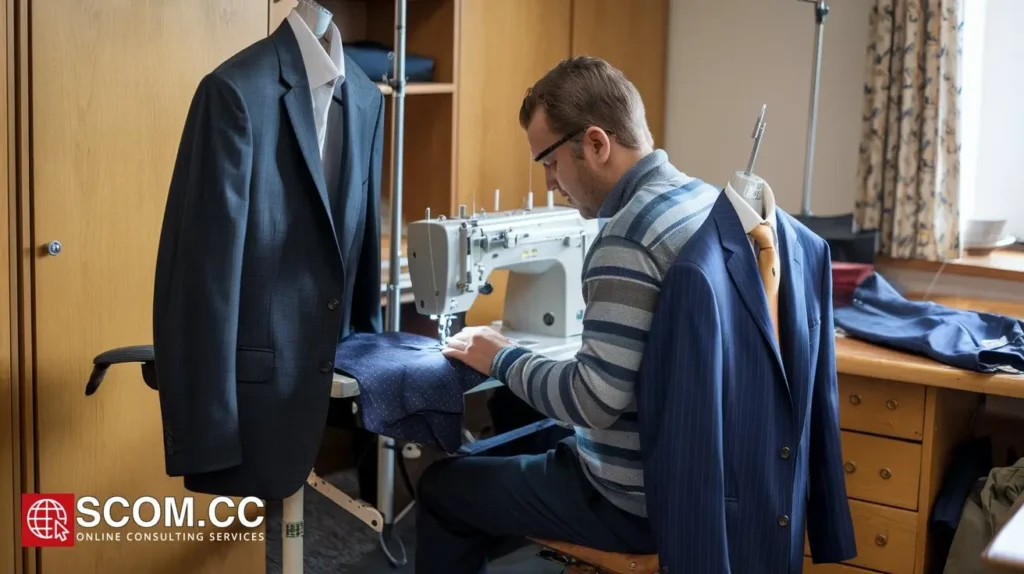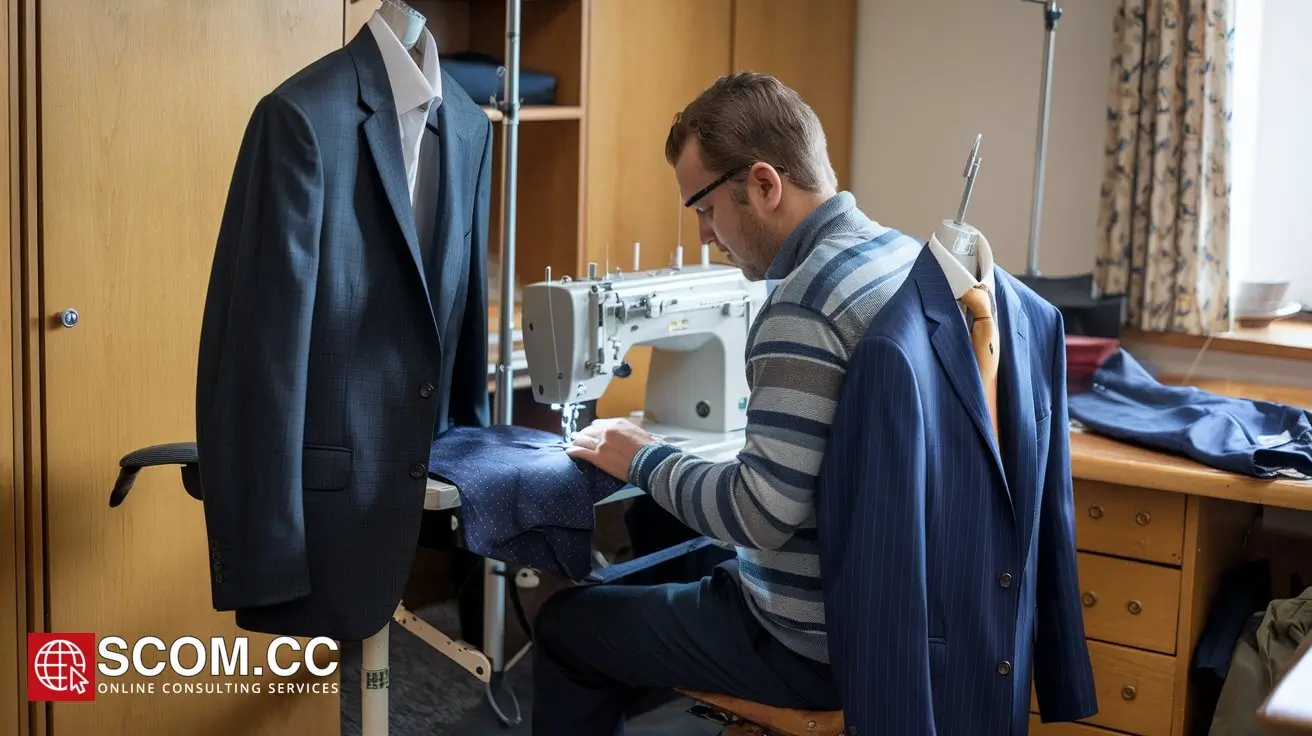How Can Tailors Use Embroidery and Appliqué to Enhance Their Designs?

- How Can Tailors Use Embroidery and Appliqué to Enhance Their Designs?
- Understanding Embroidery and Appliqué
- Benefits of Using Embroidery and Appliqué
- Techniques for Effective Embroidery
- Techniques for Effective Appliqué
- Creative Applications of Embroidery and Appliqué
- Summary Table
-
FAQ
- 1. What types of fabrics are best for embroidery?
- 2. How can I ensure my appliqué edges don’t fray?
- 3. Can I combine embroidery and appliqué on the same garment?
- 4. What tools do I need for embroidery?
- 5. How do I choose the right embroidery thread?
- 6. What is the best way to care for garments with embroidery or appliqué?
- 7. How can I create custom embroidery designs?
How Can Tailors Use Embroidery and Appliqué to Enhance Their Designs?
In the ever-evolving world of fashion and tailoring, the integration of embroidery and appliqué techniques offers tailors a unique opportunity to elevate their designs. These techniques not only add intricate details and textures but also infuse garments with a sense of artistry and personalization. This article delves into how tailors can effectively use embroidery and appliqué to enhance their designs, providing a comprehensive guide on techniques, benefits, and creative applications.
Understanding Embroidery and Appliqué
Before diving into their application, it's essential to understand what embroidery and appliqué are, and how they differ.
1. Embroidery
Embroidery involves stitching patterns or designs onto fabric using various threads. This technique can range from simple straight stitches to complex, multi-layered designs. Embroidery adds texture, color, and dimension to garments, making it a versatile tool for customization.
2. Appliqué
Appliqué refers to the technique of sewing one piece of fabric onto another to create patterns or designs. This method allows for the creation of striking visual contrasts and intricate designs by layering different fabrics and textures.
Benefits of Using Embroidery and Appliqué
Incorporating embroidery and appliqué into tailoring offers several advantages, enhancing both the aesthetic appeal and functional quality of garments.
1. Enhanced Aesthetic Appeal
Embroidery and appliqué can transform a plain garment into a statement piece. They provide opportunities for adding intricate designs, vibrant colors, and personalized touches. For example, a simple blouse can be elevated with delicate embroidery along the neckline, while a dress can be made unique with an appliqué pattern.
2. Increased Customization
These techniques allow tailors to offer bespoke options to their clients. Custom embroidery and appliqué designs can reflect personal styles, preferences, and even cultural elements. This level of customization not only satisfies clients but also adds value to the tailor’s offerings.
3. Added Texture and Dimension
Embroidery adds texture and dimension to fabrics, making garments more visually interesting. Appliqué, with its layered fabric approach, creates a three-dimensional effect that can enhance the overall design of a garment.
4. Durability and Quality
Properly executed embroidery and appliqué can increase the durability of garments. For instance, embroidery stitches can reinforce areas of high wear, while appliqué can add extra layers of fabric that offer additional protection.
Techniques for Effective Embroidery
Tailors can employ various embroidery techniques to achieve different effects and styles. Here are some popular methods:
1. Satin Stitch
Satin stitch is used to create smooth, shiny areas. It's ideal for filling in shapes and patterns with a polished look. This technique is often used for monograms and intricate designs.
2. French Knots
French knots add texture and dimension to designs. They are perfect for creating small, decorative elements like flowers or other intricate details.
3. Chain Stitch
Chain stitch provides a continuous line of stitching that resembles a chain. It’s useful for outlining designs or adding decorative borders.
4. Running Stitch
Running stitch is a basic technique that can be used for creating outlines or simple patterns. It’s versatile and can be used in combination with other stitches.
Techniques for Effective Appliqué
To achieve the best results with appliqué, tailors should consider the following techniques:
1. Raw Edge Appliqué
Raw edge appliqué involves sewing the appliqué fabric directly onto the base fabric without finishing the edges. This method creates a more casual, frayed look.
2. Satin Stitch Appliqué
Satin stitch appliqué covers the edges of the appliqué fabric with satin stitches, creating a smooth, polished finish. This technique is often used for more formal or intricate designs.
3. Fusible Appliqué
Fusible appliqué involves using fusible interfacing to bond the appliqué fabric to the base fabric. This technique provides added stability and prevents the edges from fraying.
4. Layered Appliqué
Layered appliqué involves adding multiple layers of fabric to create a multi-dimensional effect. This method is effective for creating intricate, textured designs.
Creative Applications of Embroidery and Appliqué
Tailors can apply embroidery and appliqué in various creative ways to enhance their designs:
1. Personalized Monograms
Adding custom embroidery to garments, such as monograms on shirts or robes, offers a personalized touch that enhances the garment’s uniqueness and appeal.
2. Decorative Elements
Embroidery and appliqué can be used to create decorative elements like floral patterns, geometric designs, or artistic motifs. These details can transform a simple garment into a statement piece.
3. Embellished Accessories
Incorporating these techniques into accessories, such as handbags, hats, and scarves, adds a unique touch that complements the overall design.
4. Cultural and Traditional Designs
Tailors can use embroidery and appliqué to incorporate cultural and traditional designs into garments. This application not only preserves heritage but also introduces unique elements into contemporary fashion.
Summary Table
| Aspect | Embroidery | Appliqué | Combined Benefits |
|---|---|---|---|
| Aesthetic Appeal | Adds texture, color, and intricate designs | Creates visual contrasts and layered textures | Transforms garments into statement pieces |
| Customization | Allows for bespoke designs and personalization | Offers varied fabric and design options | Provides tailored solutions to client preferences |
| Texture and Dimension | Adds depth and dimension with various stitch techniques | Creates three-dimensional effects with layered fabric | Enhances visual and tactile aspects of garments |
| Durability and Quality | Can reinforce high-wear areas | Adds layers that protect and enhance garment longevity | Improves garment quality and durability |
FAQ
1. What types of fabrics are best for embroidery?
Fabrics like cotton, linen, and denim are ideal for embroidery due to their stability and ability to hold stitches. However, most fabrics can be used with the appropriate stabilizers.
2. How can I ensure my appliqué edges don’t fray?
Using fusible interfacing or satin stitches around the edges of the appliqué fabric can prevent fraying and ensure a clean finish.
3. Can I combine embroidery and appliqué on the same garment?
Yes, combining both techniques can create intricate and layered designs, enhancing the garment's overall appearance.
4. What tools do I need for embroidery?
Basic tools include an embroidery hoop, various needles, embroidery threads, and stabilizers. A sewing machine with embroidery capabilities can also be beneficial.
5. How do I choose the right embroidery thread?
Choose embroidery threads based on the desired effect—use rayon or polyester threads for a glossy finish and cotton threads for a matte look. Consider the fabric type and design intricacy as well.
6. What is the best way to care for garments with embroidery or appliqué?
Follow the care instructions specific to the fabric and techniques used. Generally, gentle washing and air drying are recommended to maintain the integrity of embroidery and appliqué.
7. How can I create custom embroidery designs?
Custom designs can be created using embroidery software, or by working with a professional designer. Digital files can be used with embroidery machines for precise and consistent results.

To explore more about tailoring, visit our Blog of Tailoring. If you have any questions or need assistance, go to our contact page. Additionally, you can find more information about tailoring and consulting at this tailoring and consulting portal.

Leave a Reply